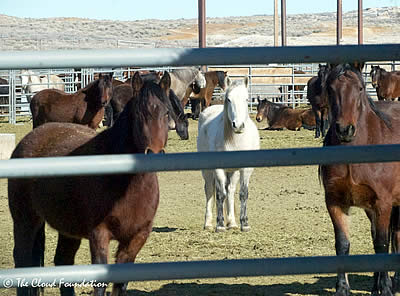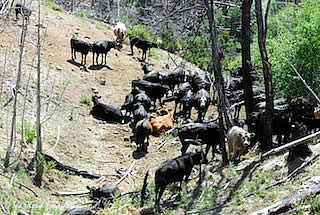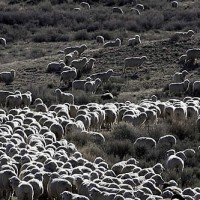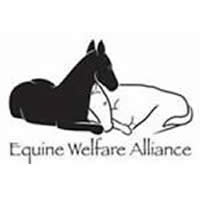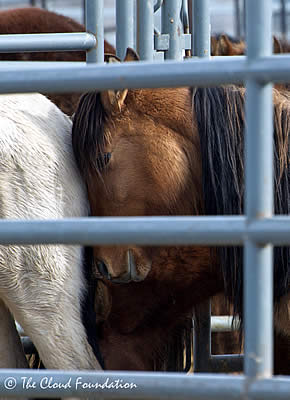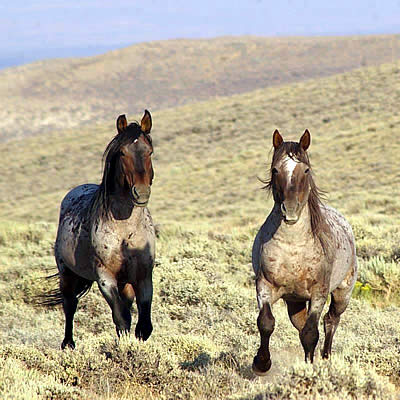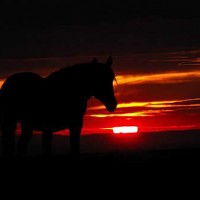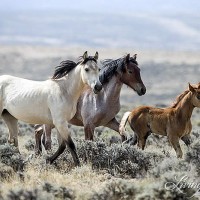Points to TCF/AWHPC Lawsuit as Reason for Halting Wild Mare Sterilization
The BLM announced that it was not accepting the recommendation from their National Advisory board to destroy the horses in holding and offering the horses that had not been adopted after three adoption events for sale without limitation. This recommendation met a firestorm of outrage across the country and caused our phones to ring off the hook. I voted “no” on this recommendation.
Most of you know that in March of this year I was chosen by the Secretary of the Interior to serve as the Humane Advocate on this nine-member board. Just last week I flew to Elko Nevada for my second BLM National Advisory Board meeting. It was eventful to say the least.
Before the meeting began, I learned that BLM decided to drop all three sterilization research projects that were to be conducted on wild mares (and fillies as young as 8 months). In announcing that the horses in holding would not be killed, BLM Director Neil Kornze referenced our lawsuit (TCF and AWHPC), requesting to be present to view and record the sterilization procedures, as the reason the experiments in Oregon were cancelled. Others lawsuits and the thousands of letters, emails and phone calls from concerned Americans certainly played a part as well. Great job, advocates!
But, this celebration was short lived. On the second day of the meeting, my colleagues on the Resources Working Group (we have five working groups) recommended to the entire Board that the horses in holding be destroyed and those offered for adoption three-times unsuccessfully, should be sold without limitation (i.e. buy as many as you want). The Board then voted on this recommendation. I was the only dissenting vote. In fact, I said, “Absolutely not, no.” It was an easy decision.
We learned that BLM voted “no” as well. This does not mean the horses in holding and on the range are out of trouble. I remember the documents that came to my office in late 2008 revealing secret BLM meetings in which the agency discussed how many horses could be killed each year and how many psychologists would be needed to counsel BLM employees asked to kill healthy wild horses.
In June, I was asked to speak before the House Sub-Committee on Federal Lands. It was clear that the Western congressional representatives had no interest in hearing what I had to say. They wanted the horses gone, and Cynthia Lummis of Wyoming purred that euthanasia of thousands of captive wild horses would be such “a lovely way to die.” See our press release.
So where do we go from here? It is imperative that we continue to speak up, encouraging BLM to use humane tools to limit births in our wild horse herds. TCF board member, Sandra Sell-Lee, in collaboration with BLM, has developed an On the Range Management Guide, in which volunteers get out on the range and apply infertility vaccines to wild mares as recommended by the National Academies of Science in their 2013 report to BLM. The ultimate goal is limiting reproduction to natural mortality. And to reduce the number of wild horses held in short term corrals, we should return these non-reproducing geldings and mares to available BLM lands designated for wild horse use, but where no wild horses currently live.
I hope you will join us and support this effort. It will be hard. It will take time. It will take a lot of energy and tremendous persistence. But it is ultimately a way to keep our wild horses where they belong… in their homes, with their families, living in precious freedom!
Lawsuits like the one to stop the sterilization of wild mares are not cheap. I hope you will consider making a contribution to our organization to cover the costs of fighting legally for the rights of our wild horses — those in the wild and those held captive. Thanks for your help.
Happy Trails!
Ginger
The Cloud Foundation
info@thecloudfoundation.org



